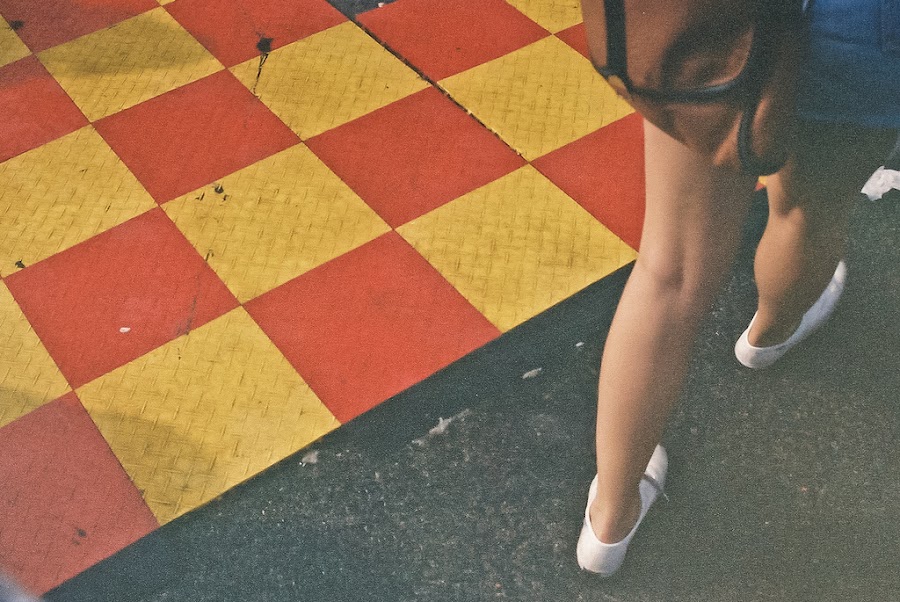Where are you from/based now?
I’m from Montréal, Québec, Canada. I’m thinking of moving to a smaller town. To get out of the big city but for now I still live and work in Montréal.
What is your background in photography? What got you into it?
I studied in visual art and started photography in college just because i was force by my school. At the time I was more into painting and drawing. In university I had a job in a photo store (developing and selling cameras) so I had the chance to try all those new models of digital cameras. Without all the skills and knowledge of those so call professional photographers I start to try all kind of things and experiences with digital but also analog film. I like messing around with an object i don’t really understand. I find it really creative and i think it all started at that moment. Now it’s different just because I know a lot more about photography.
What equipment do you use?
I use all kind of digital cameras. Compact, DSLR, iphone but most of the time my main camera is a Canon 7D and a Bronica 1:1 medium format. I don’t really use analog now but it’s always there. For my opinion, digital is nearly perfect now. It’s just the white (part with no information in the picture) that is still a problem right now.
What is your creative process? Is your work planned or more spontaneous?
I like to work like a journalist but with more time. A lot more time. Right now I’m working on two projects: the night project and “The Asbestos Project”. To start I choose an area and just take a simple walk. I look around me and take photos when I’m intrigue. I don’t ask too much question on sight. I leave that for later. So for your question the subject is planned but the process is more spontaneous. At the end the result is truly planned.
I really like your use of diptych, how do you arrive with the two images, do you consider them before or after the shots are taken?
The diptych comes after when I look at it on my computer. I really don’t planned diptych in advance. The funny part is that most of the time they are reel side by side images that i took on sight. My use of diptych is more formal (colors and patterns) but they also have meaning hidden within.
You seem to embrace digital noise, especially with your night shots, could you tell us a bit about this process.
It started with a fail, a miss shot. One picture was way too dark so I decide to play with the adjustments level and shadows (most of my work is digital and I use Adobe Lightroom to store, organise and retouch all of my photographs). The end result of that picture was kind of a revelation for me and I start to love the digital noise that most photographers try to avoid. I also start to shoot everything with the built in flash. I was really intrigued with all the reflection that I can produce at night on all kind of things like glass, trees, rain, etc…
Who or what inspires you?
Right now it’s all about John Gossage and the love about book projects and process. There is also Paul Graham with his Shimmer of possibility book. Never forget also all the work of Robert Adams.
Are you working on a specific project at the moment?
There is always my night series going on but right now i’m hard at work submitting for financing “The Asbestos Project”. If everything goes right i will go live there soon for half a year and will study the town and the modified landscape of Asbestos town in Québec. It’s a big project with lots of subjects.








































